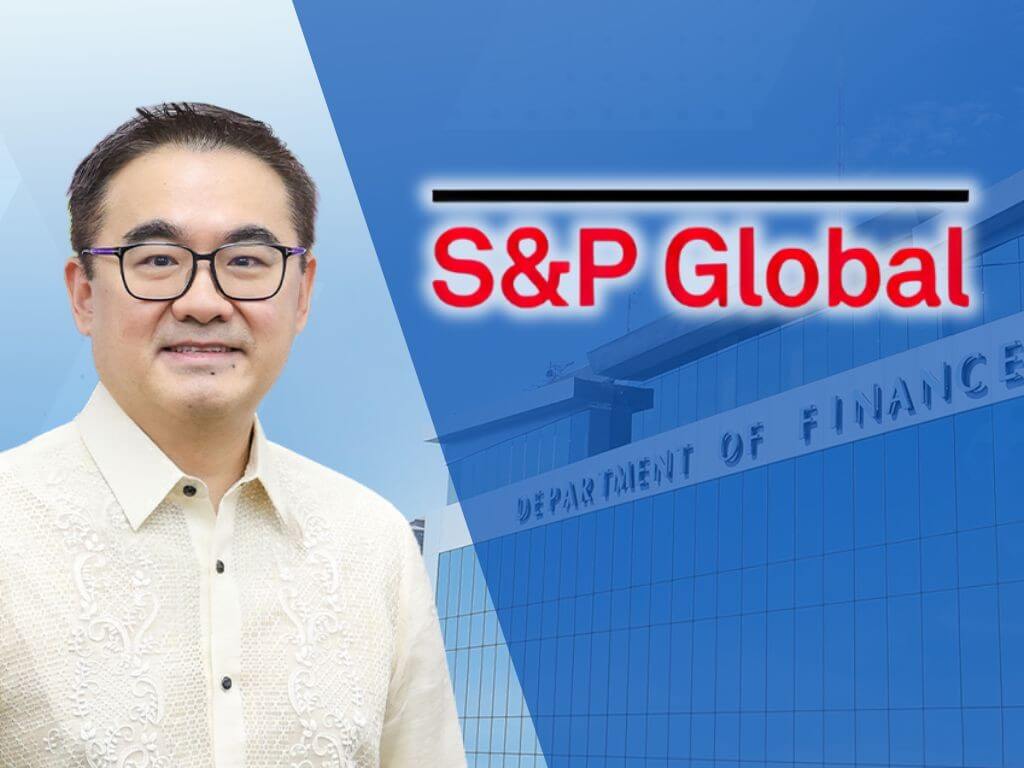

Insider Spotlight
Why it matters
A positive outlook maintains the country’s borrowing position and investor appeal. Low-cost financing for government programs also supports broader access to essential services.
Driving the news
In a statement on Thursday, Nov. 27, 2025, Finance Secretary Frederick Go said the rating decision affirms the Philippines’ “strong macroeconomic fundamentals” and the administration’s “sustained commitment to pursuing fiscal consolidation.”
“We welcome this development. We will ensure that every policy decision will support sustainable growth and long-term stability,” he said.
Go added that a high credit rating directly benefits Filipinos because it leads to cheaper government financing and “more resources for essential public services.”
The big picture
S&P cited the country’s robust domestic demand, favorable labor conditions, stable remittances, and declining inflation as key drivers of the affirmation. Since 2022, GDP growth has averaged 5.7 percent, supported by resilient services and strong household spending. Inflation has remained below the 2 to 4 percent target for eight straight months, hitting 1.7 percent in October 2025.
The labor market also continues to outperform expectations, with unemployment averaging 4.1 percent from January to September—better than the 2025 target range under the Philippine Development Plan.
What they’re saying
“The Philippines government has generally enacted effective and prudent fiscal policies over the past decade, in our opinion,” S&P said, noting manageable deficits, stronger expenditure quality, and low general government debt.
Bangko Sentral ng Pilipinas Governor Eli Remolona Jr. echoed the positive sentiment, saying, “S&P’s rating decision confirms our view of the favorable long-term economic growth prospects.”
State of play
Despite slower GDP growth of only 4.0 percent in the third quarter, S&P views the dip as temporary and expects a rebound beginning 2026. The Philippines remains among Asia’s fastest-growing economies, with expansion ion the first three quarters at 5.0 percent.
The central bank’s prudent monetary policy, $110.2 billion in reserves, and the government’s reform push—including CREATE MORE and liberalization in key sectors—add to the country’s resilience.
What’s next
S&P’s positive outlook signals the possibility of a rating upgrade within 24 months. Continued fiscal consolidation, infrastructure execution, and investment-friendly reforms will be key to securing the upgrade and sustaining momentum. —Daxim L. Lucas | Ed: Corrie S. Narisma

